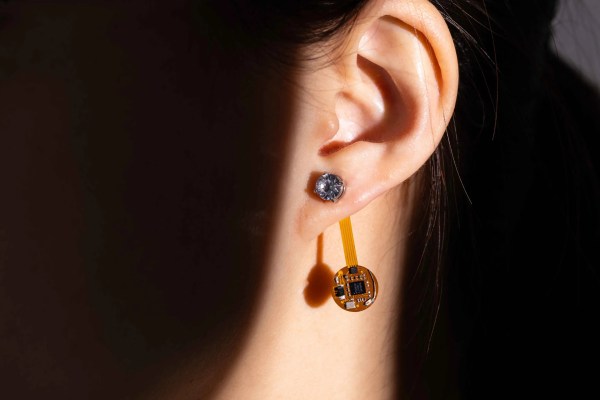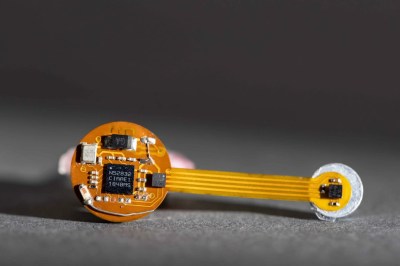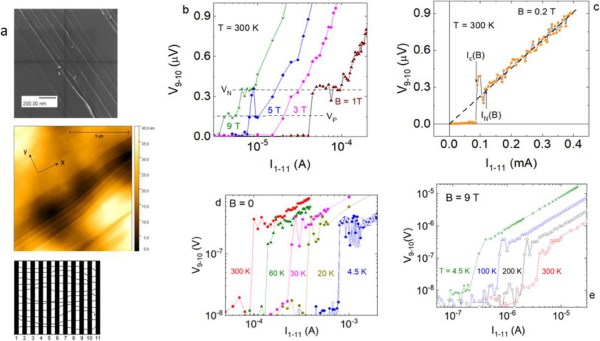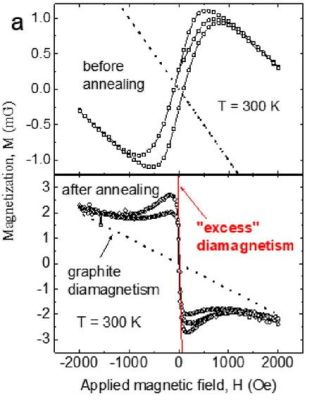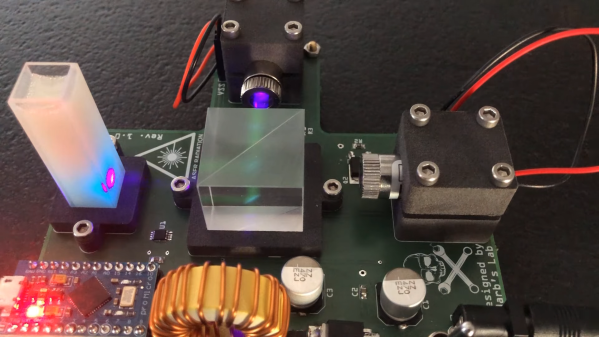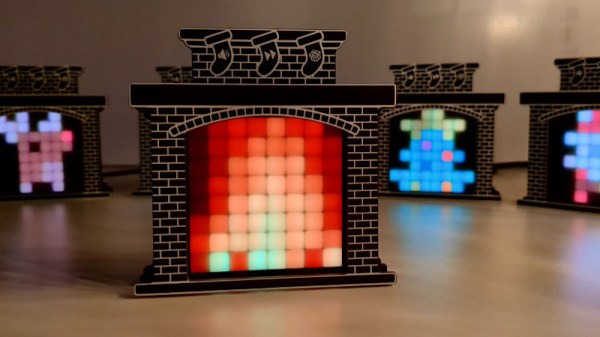The news doesn’t go long without some kind of superconductor announcement these days. Unfortunately, these come in several categories: materials that require warmer temperatures than previous materials but still require cryogenic cooling, materials that require very high pressures, or materials that, on closer examination, aren’t really superconductors. But it is clear the holy grail is a superconducting material that works at reasonable temperatures in ambient temperature. Most people call that a room-temperature superconductor, but the reality is you really want an “ordinary temperature and pressure superconductor,” but that’s a mouthful.
In the Hackaday bunker, we’ve been kicking around what we will do when the day comes that someone nails it. It isn’t like we have a bunch of unfinished projects that we need superconductors to complete. Other than making it easier to float magnets, what are we going to do with a room-temperature superconductor? Continue reading “Ask Hackaday: What If You Did Have A Room Temperature Superconductor?”


